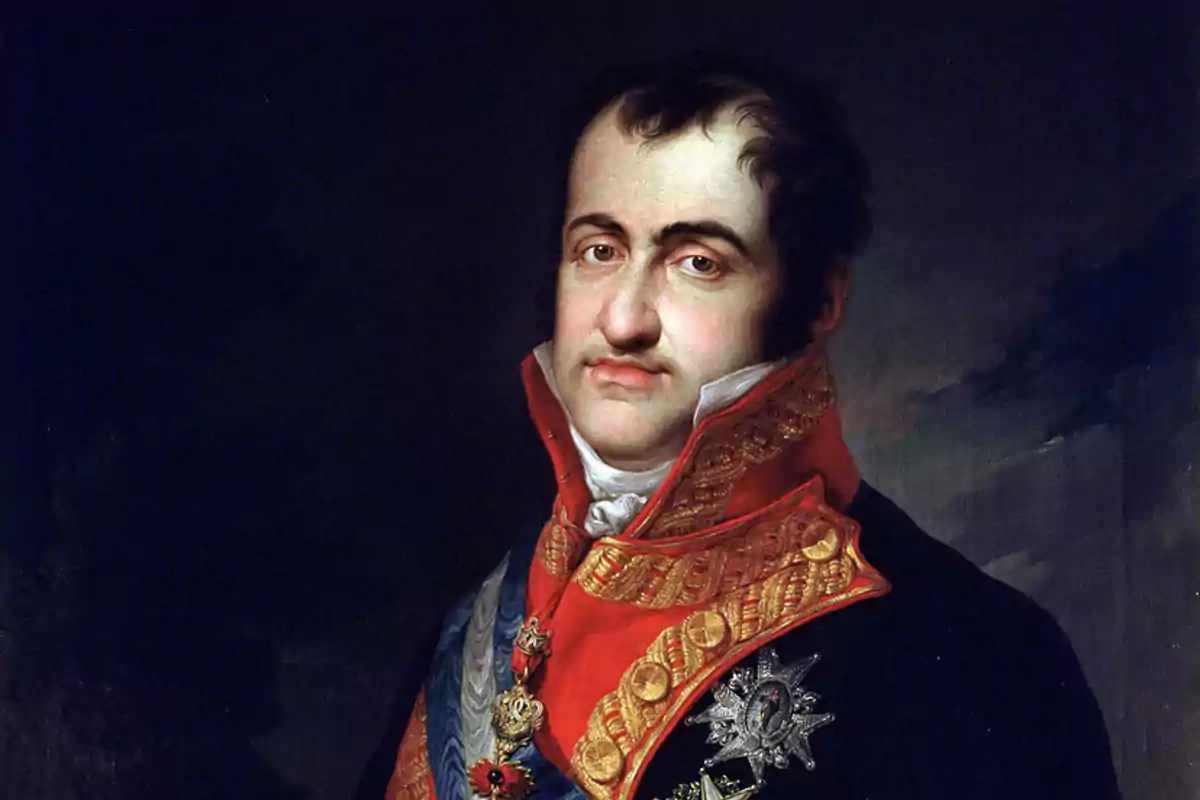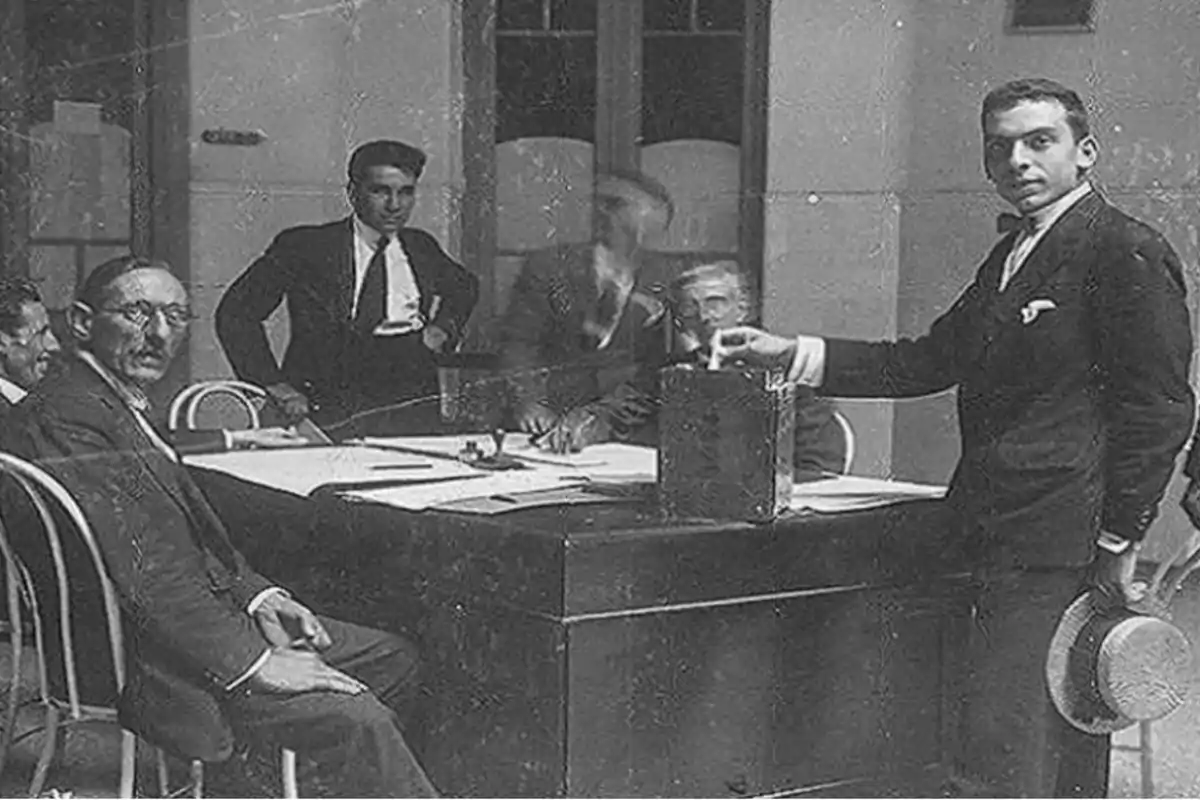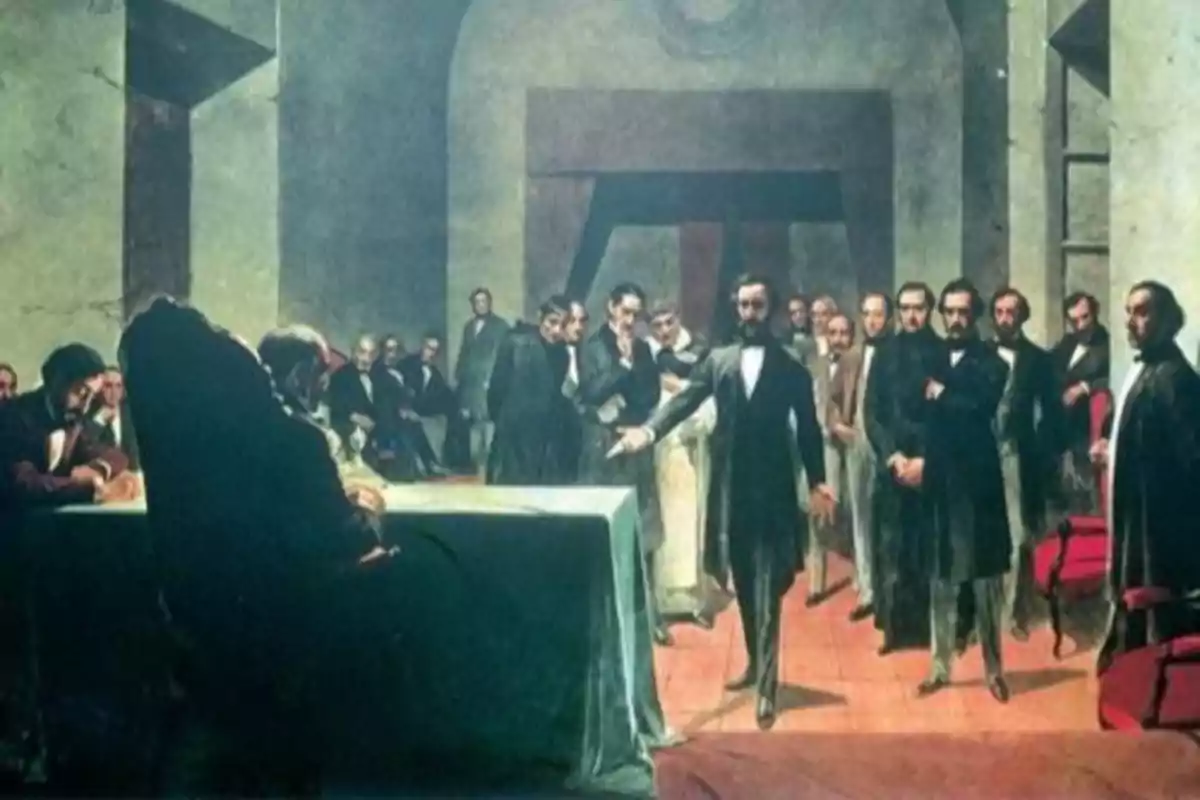
The May Revolution was the end of an era: We are living the end of another
The May Revolution and the liberal revolution started by Javier Milei have points in common that transcend the 215 years of history that separate them
By Alejandro Gómez, historian and professor at the Fundación Faro.
On May 25, 1810, the members of the Cabildo of the City of Buenos Aires, Capital of the Viceroyalty of the Río de la Plata, decided to take control of the colonial government until King Ferdinand VII regained his freedom from the captivity imposed by Napoleon.
In fact, the First Junta of government would become the Junta Conservadora de los Reales Derechos de Fernando VII. Much has been written and said about this event, identifying it as the beginning of the homeland and Argentine identity. In reality, the event is much more complex, marking the beginning of the transition between the Old Regime and Modernity.
Saving the distances and considering all the mitigating factors that apply when comparing two periods as dissimilar as the events of 1810 and those of the present, we could say that, currently, we are facing a process of breaking similar conditions.

Like any historical process, subject to intellectual interpretations, what happened in 1810 was the beginning of a journey that many years later would culminate in the formation of the Argentine Nation.
It was a struggle between the Creoles and the Spanish elite who did not want to relinquish the privileges they had held for decades in the Río de la Plata. Both groups claimed to be the legitimate holders of the representation of the inhabitants in the absence of the monarch.
The novelty was not the struggle for power, but the ideas that burst into the region as a consequence of what was called the Enlightenment, which, among other things, advocated for equal rights and the end of the privileges of the nobility and clergy; although this did not imply the massive incorporation of the popular classes into the political game. For that, it would take about a hundred years until the enactment of the Sáenz Peña Law in 1912.

In reality, the patriots were not very clear about what the course of the decision they made on May 25 would be. This situation was demonstrated in the reaction of the provinces to the unconsulted decision of the Cabildo of Buenos Aires.
The official version, which we learn in school, tells us that on that day everyone knew exactly what to do and what model of country they wanted, labeling as traitors or unpatriotic those who opposed what was decided by the Cabildo.
But the situation was much more complex, as the differences were not only between Creoles and Spaniards, but, above all, between the people of Buenos Aires and the rest of the provinces. Thus, the debates and conflicts continued until the early 1860s, when the country finally aligned behind the Constitution of 1853.
Throughout those years, political leaders clashed over the control of resources (concentrated almost exclusively in the customs of Buenos Aires), the free navigation of the interior rivers, and the form of government that should rule the country, unitary or federal. It took a little more than five decades for these disputes to be solved.

The process has been long and intricate. It was not always clear what to do or where to turn. The heroes of that feat made decisions that put their lives and properties at risk.
Nonetheless, they did not hesitate to risk their property and lives to carry out their ideals; which would culminate in the emergence of a free and prosperous nation at the end of the 19th century. For this, they did not cling to the past, but looked to the future that opened up to them with the new ideas that promoted freedom.
They left behind absolute monarchy and embarked on a project to build a republic, which would be enshrined in the Constitution of 1853. But as in any historical process, the journey was much longer and more complicated than many believe (or want us to believe), the world was changing and our leaders climbed behind that change.
The ideas that advocated the end of privileges and individual freedom, both political and economic, were what motivated their actions.

Probably today we are facing changes similar to those that occurred at the end of the 18th century and the beginning of the 19th century. The emergence of technology, AI, and social networks offers us new ways of relating, accessing information, and political participation.
Those who for decades claimed to represent the citizenry now see their privileges threatened and react angrily to the emergence of new political practices that they do not understand or want to understand, as it exposes them as part of an ossified political system that doesn't respond to the needs of a population demanding greater degrees of freedom.
Those who seek to preserve the old recipes have been left out of focus. It is already proven, unfortunately, that the old statist/interventionist formula is not a viable option.

The majority of citizens have expressed a desire for a paradigm shift. If we intend to progress by doing the same thing that caused the complex situation we are in, it is most likely that we will not only fail to solve the problem but deepen it.
If we want to give meaning to this national date, let's take the example of those who decided to change course as the men of May did. The Nation is built every day, if we are going to celebrate the May Revolution, let's remember that, precisely, the term revolution implies radical change.
It is time to leave behind concepts of the past where the state sets our agenda and enter a stage where individual freedom guides our destiny. This paradigm shift is not easy, but neither was it easy for our May heroes to make the decision to confront the Spanish monarchy that had been ruling the American colonies for almost 300 years, and yet they did it and that is why we remember that feat today.

More posts: